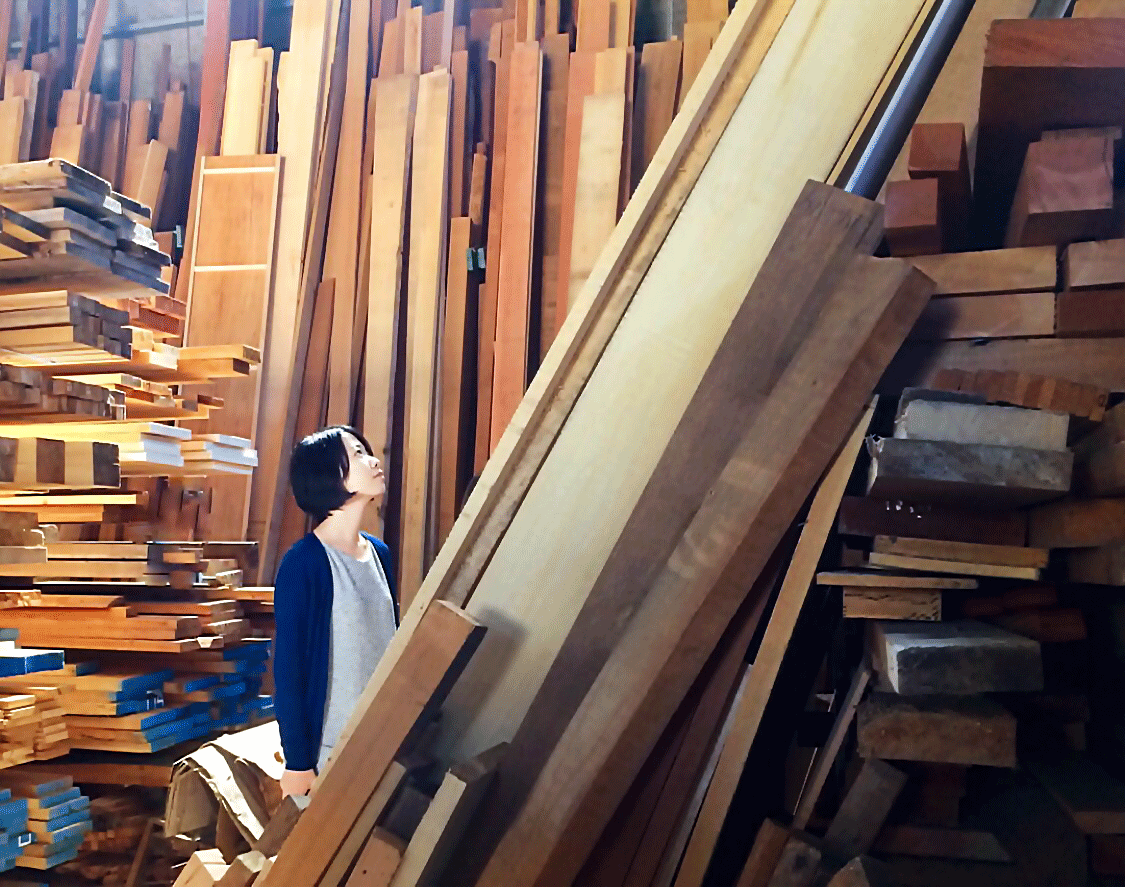觀光與體驗活動
Enjoy “Wood Grains” in Kyoto! Tips I learned from Artisans
觀光與體驗活動
Enjoy “Wood Grains” in Kyoto! Tips I learned from Artisans

推薦網站
Kyoto Love. Kyoto is an online magazine that has all you need to know to call yourself a Kyoto expert! Kyoto culture in both historical and modern contexts. Get to know Kyoto, get to love Kyoto.
推薦網站

Kyoto Love. Kyoto is an online magazine that has all you need to know to call yourself a Kyoto expert! Kyoto culture in both historical and modern contexts. Get to know Kyoto, get to love Kyoto.
Aeru Company, General Manager of Japan West Division
Kyoto is a city with a rich history and culture.
Learn from a woodworker: What is the highlight of "wood grain"?
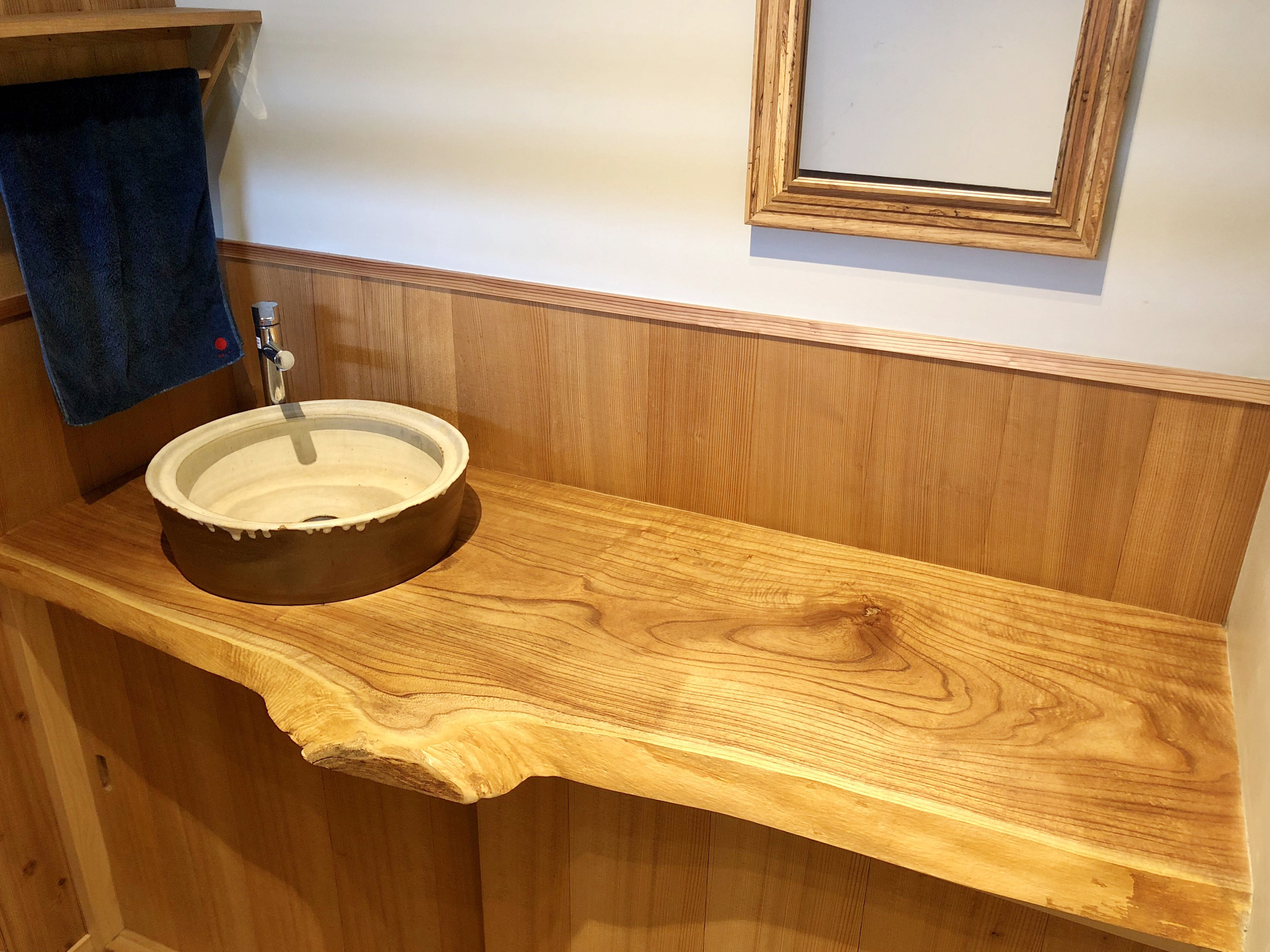
They make us feel calm, don't they?
This photo shows a corner of my workplace, "aeru gojo", the shop of "aeru brand" of traditional products for babies and children.
Here is one of my favorite spots in the shop.
The washstand is a single board of Chinaberry tree that the builder sourced for us.
It happened when I just started to work with artisans.
When a particular woodworker saw this single-board washstand, he admired it for its "great pattern."
This is the "pattern" that the artisan was referring to.
After being told this, I realized that I had never "looked" at the wood board.
As I took a closer look at it, I could feel the energy as though a branch might suddenly come out from this mirage-like surface at any moment.
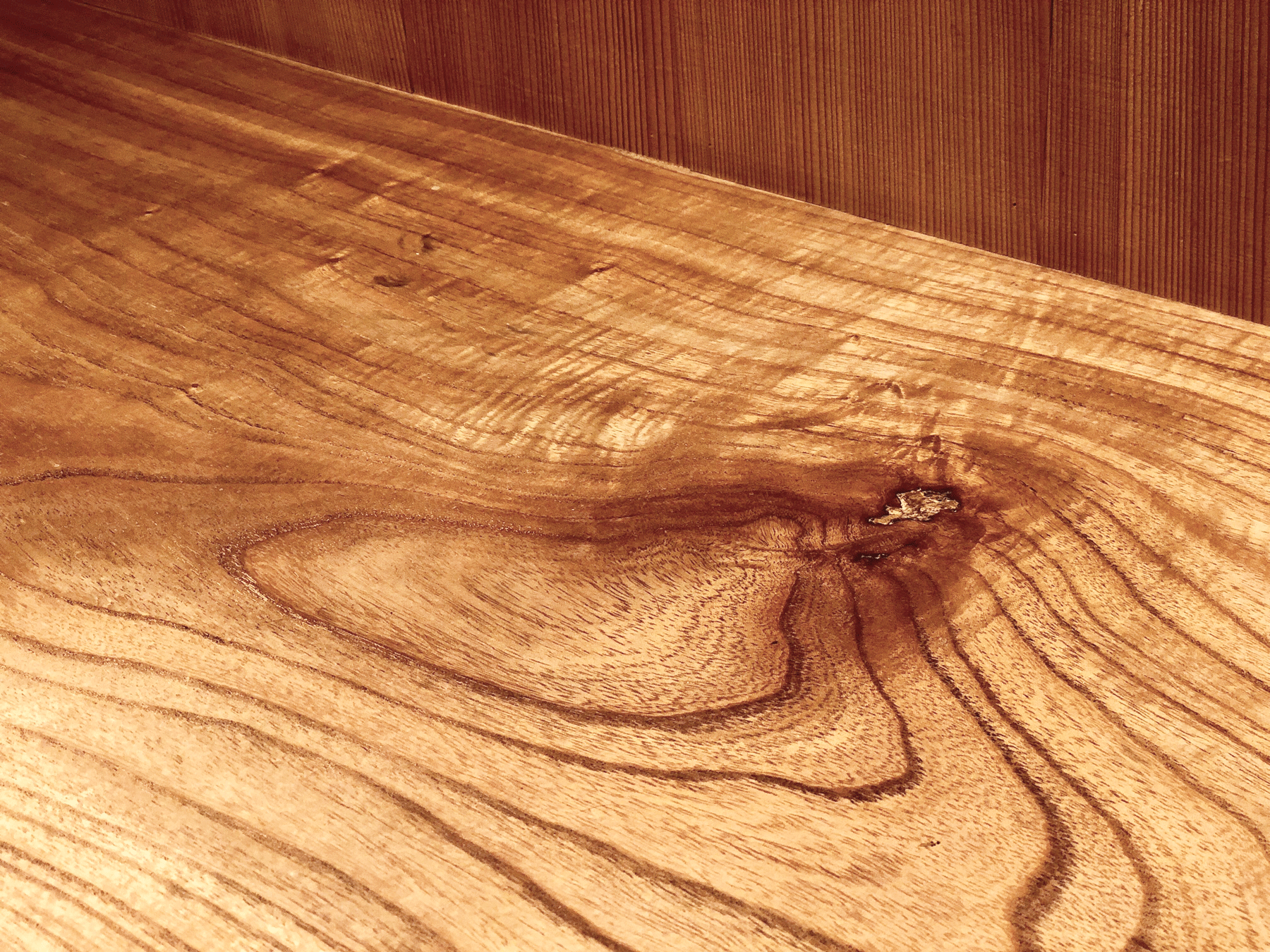
Just like people's faces, each piece of wood has a unique grain pattern.
"Moku" refers to particularly precious and beautiful grain patterns.
Everyone has a different idea of which patterns are beautiful.
Still, it was interesting for me that there are patterns that artisans who have been seeing lots of timber consider "interesting," "unusual," and "beautiful."
This experience was astonishing for me.
I always felt comfortable in a place with a wooden scent and interiors without carefully looking at the wood itself.
Appreciating wood grain like a treasure hunt
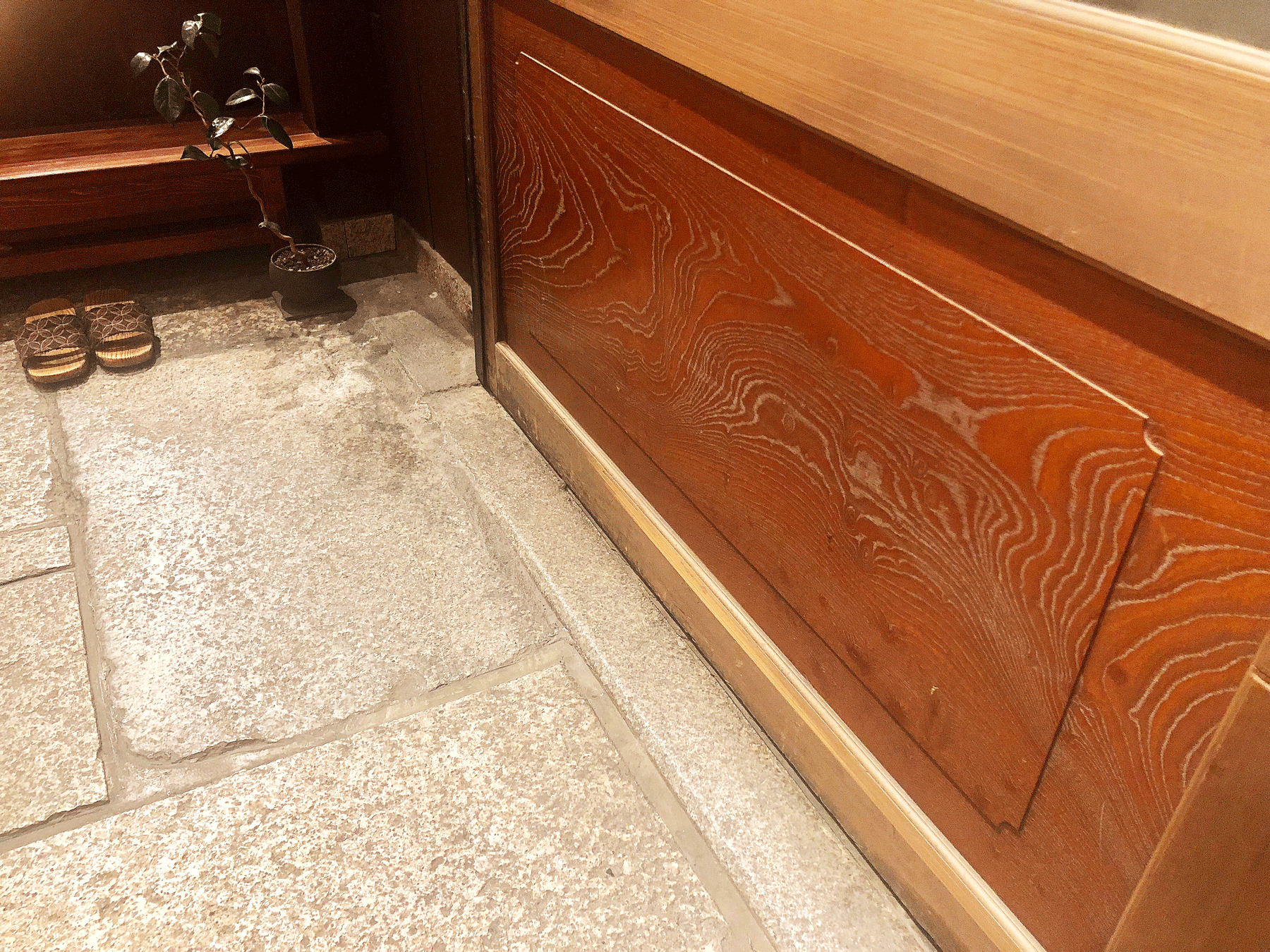
Even when looking at the same items and sceneries as before, all of them seem totally different to me.
Only learning a little about wood grain brings me something that adds to my day, like a treasure hunt.
I can also enjoy sightseeing spots that I have already been to and make new discoveries.
In Kyoto, there are lots of wooden houses built with valuable wood.
Even when you gaze at a wooden wall, wondering where its point of appeal is, you may unexpectedly discover something new.
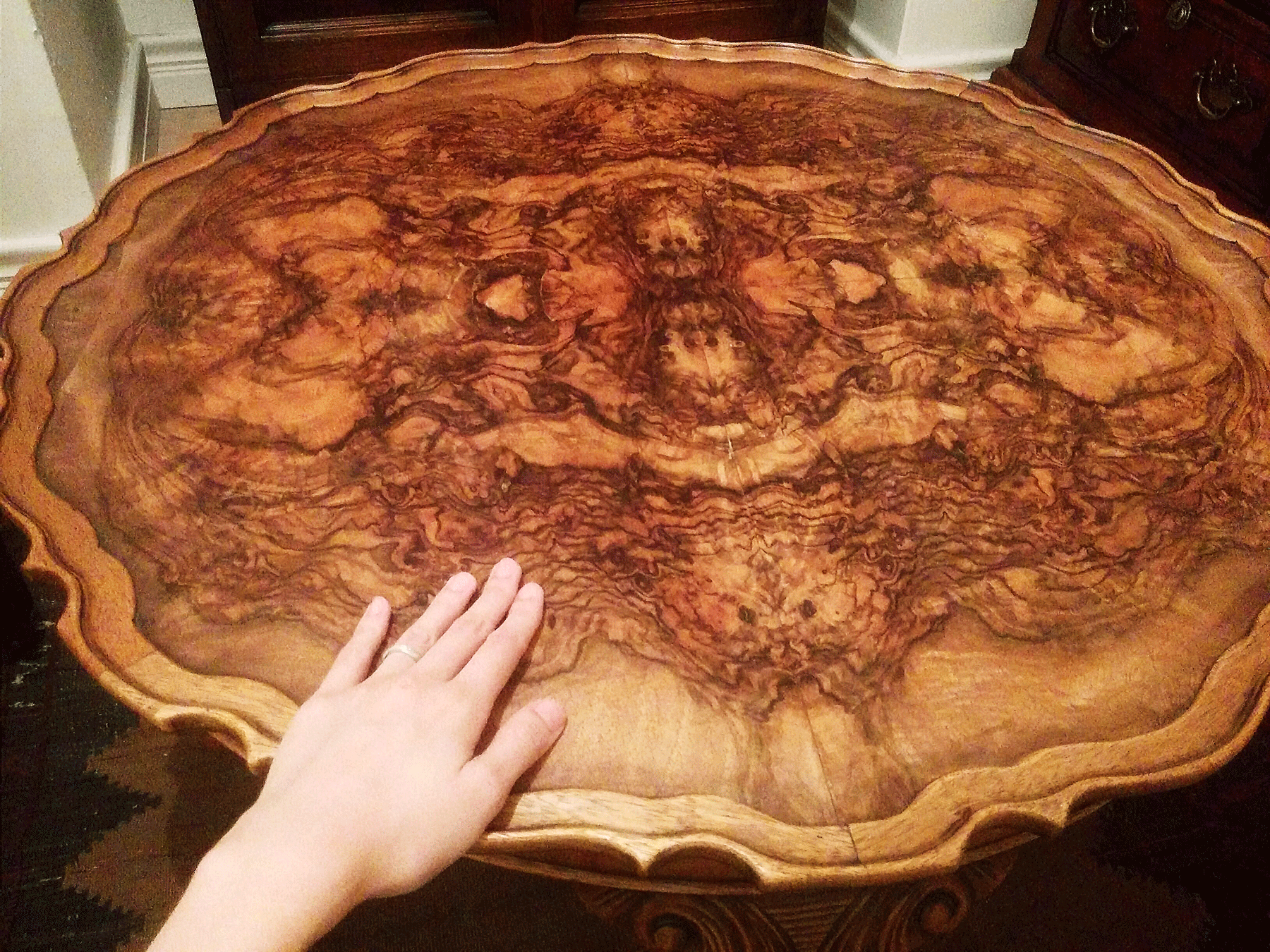
The table in the photo is an imported antique.
The design has used the knotty part of the base of a walnut tree.
This, in fact, is also a type of "Moku" and is created by slicing through a tree's knot.
It seems that artisans overseas also delight in utilizing wood grain when they craft products.
The charm of "wood grain" created by nature
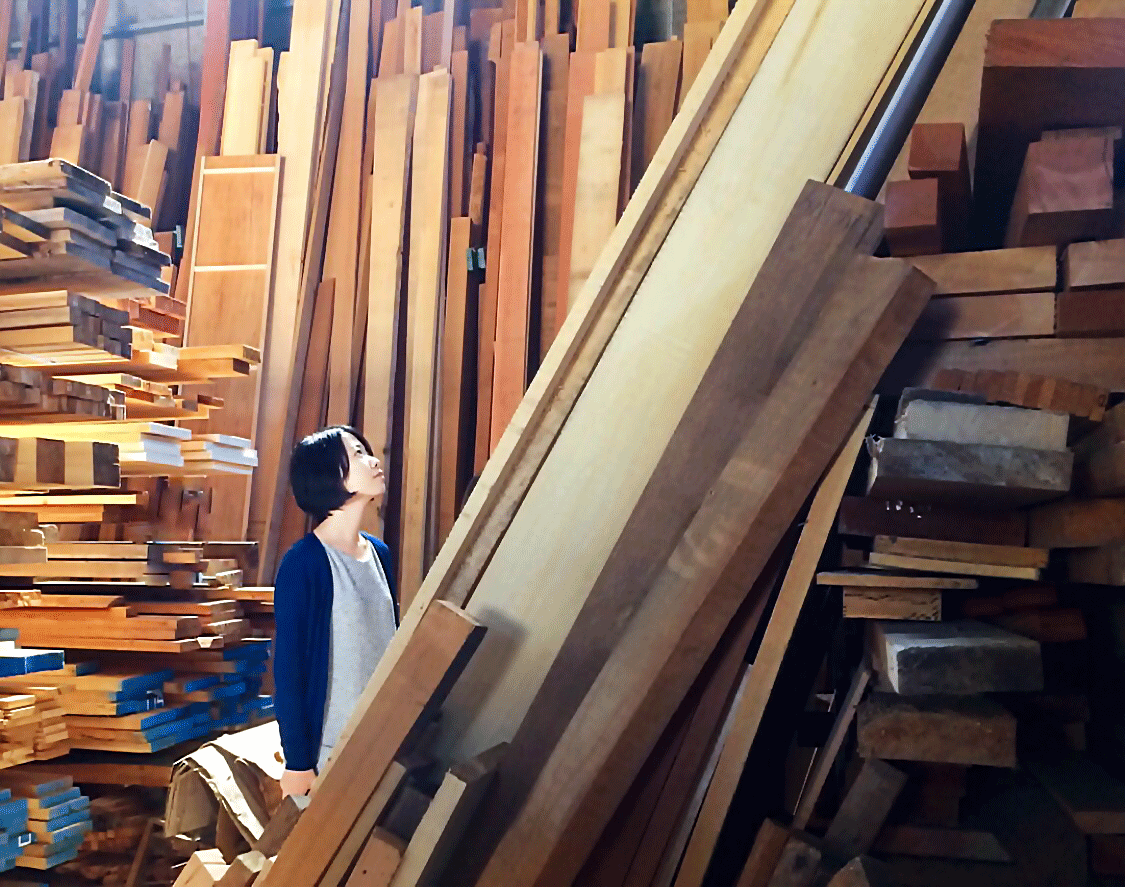
At a sawmill in Toyama prefecture, the mill handled timbers with unusual grain patterns.
They were woods with black stripes left by fungi and some oaks with holes made by insects.
According to the woodworker, some wood grains are made by biological activities, such as fungi and insects.
The traces of their lives appear in front of us uniquely.
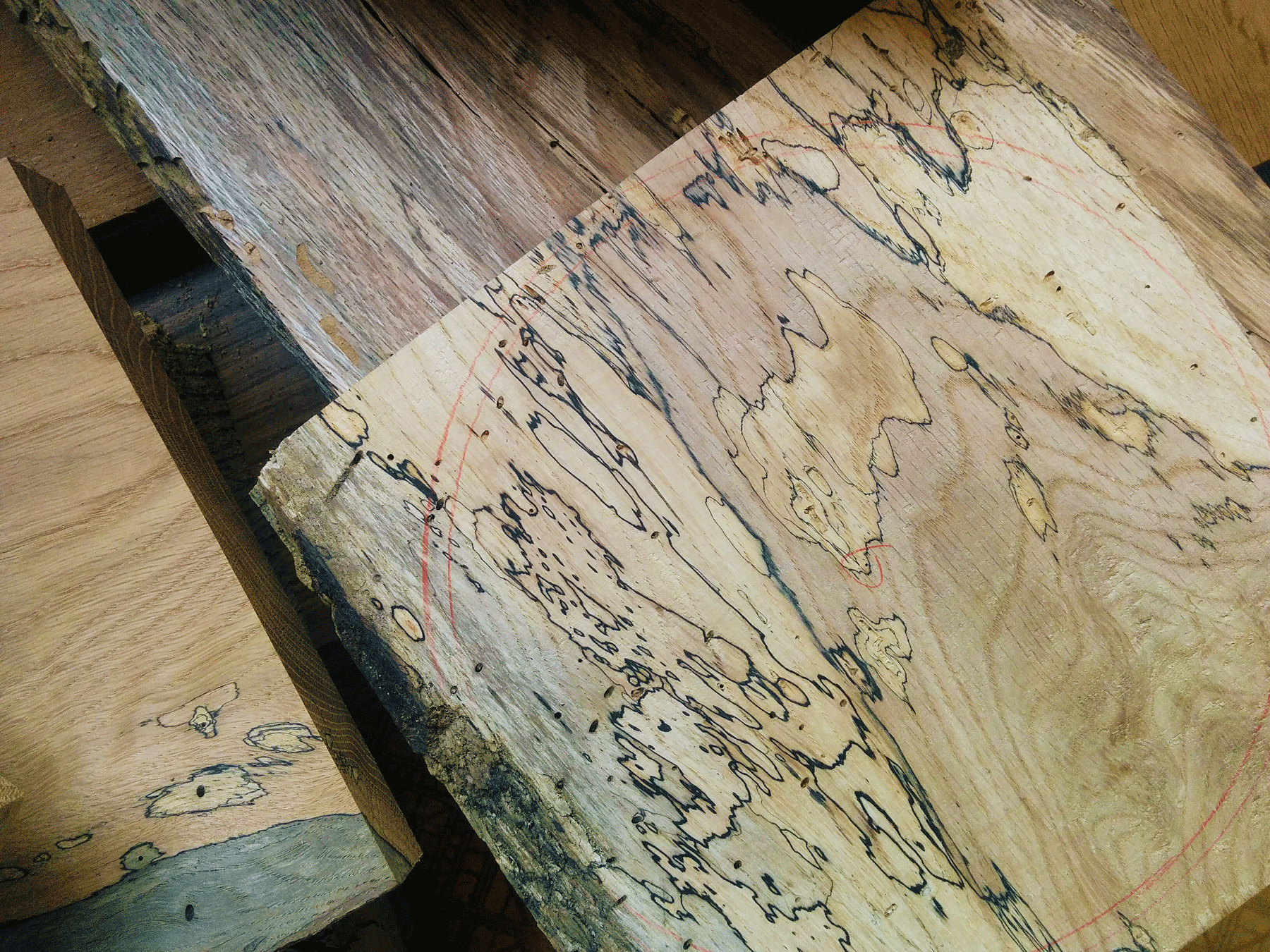
I found this used on the floor of a specific hotel.
If I had not known about this pattern, I might have passed through this floor without observing.

You can find exciting wood grain patterns on house walls, pillars, doors, tables, chairs, and others.
Be sure to walk around the streets and look out for beautiful wood grain patterns.
閱讀更多連結網站

語言: Japanese
https://kyotolove.kyoto/Kyoto Love. Kyoto is an online magazine that has all you need to know to call yourself a Kyoto expert! Kyoto culture in both historical and modern contexts. Get to know Kyoto, get to love Kyoto.


